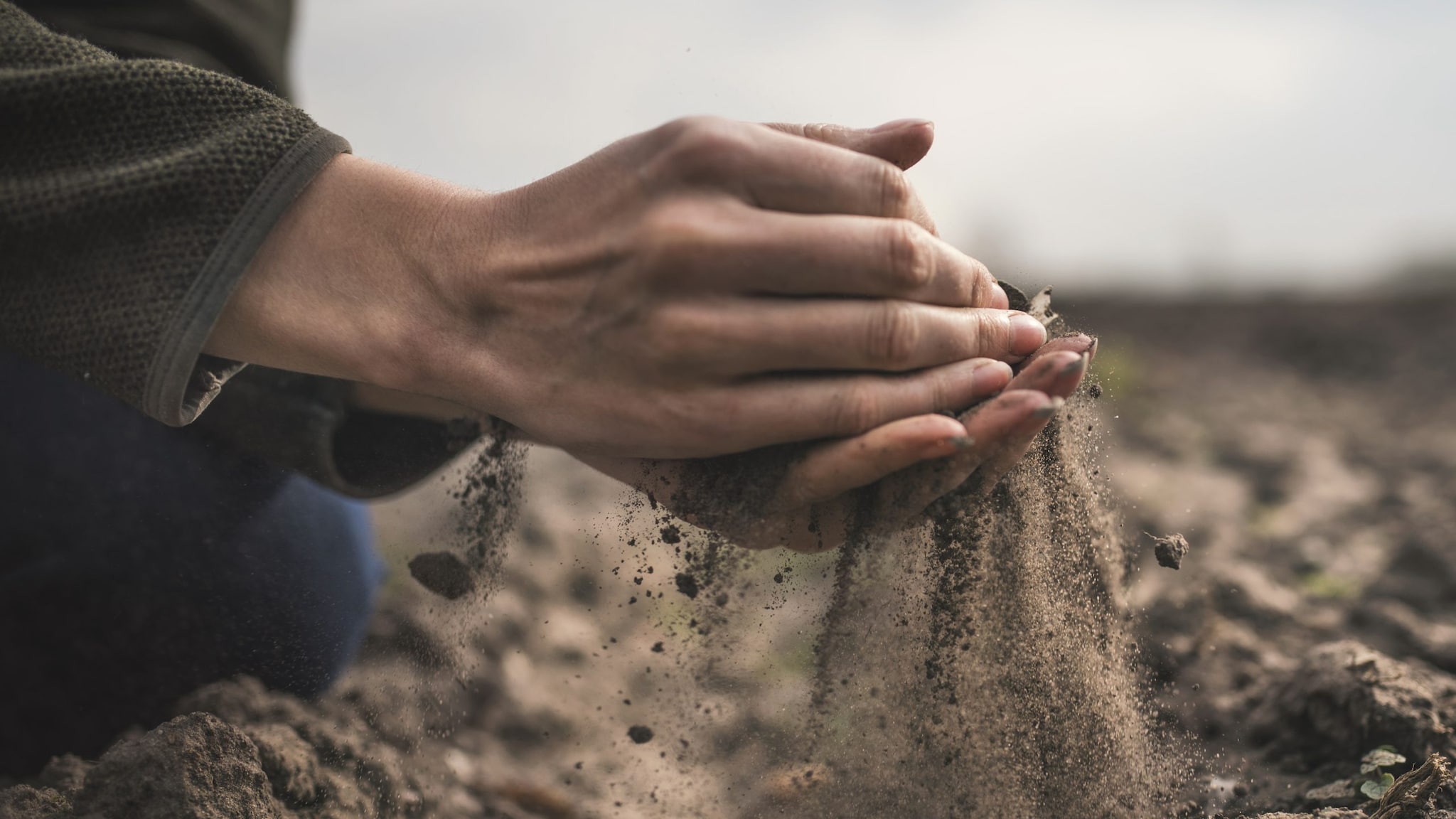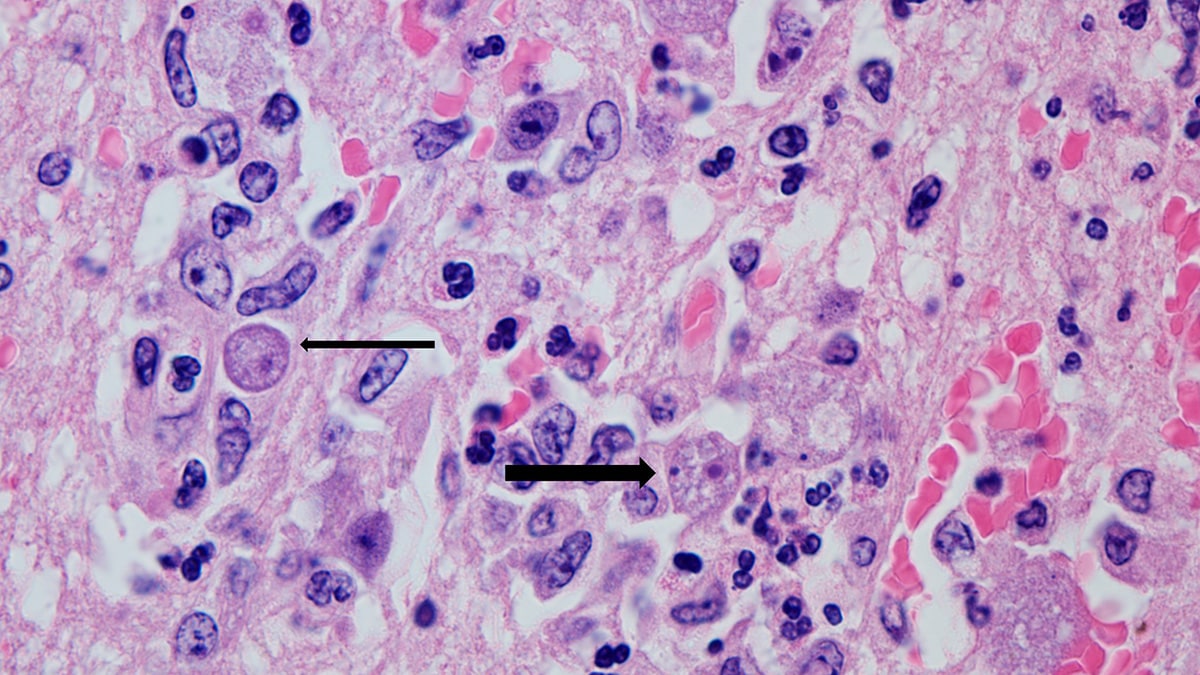Key points
- Balamuthia mandrillaris is a free-living ameba, a kind of one-celled organism that lives in the environment.
- The ameba can get into your body through a wound, or if you breathe it in.
- Balamuthia can cause rare but serious illnesses, including a brain infection that is nearly always fatal.

Overview
Balamuthia lives in water, soil, and dust. It has been found in many places around the world. The ameba can infect your skin, brain, and other organs. It can cause a deadly brain infection called granulomatous amebic encephalitis, or GAE.

Signs and symptoms
Symptoms of a Balamuthia infection can begin with a wound on your skin that doesn’t heal quickly. Symptoms of GAE can appear mild at first and include fever, headache, or confusion. They can become more severe over weeks or months and include difficulty walking and speaking.
How it spreads
Balamuthia can infect anyone at any time of the year. You can become infected if water or soil containing the ameba gets into a wound. You also can become infected breathing in dust containing Balamuthia.
There are no reports of a Balamuthia infection spreading from person to person except in very rare situations during organ transplantation.
Reducing risk
At this time, we don't know how to prevent Balamuthia infections. We also don't know why some people get infected while others don't. CDC continues to track Balamuthia infections so we can learn more about them and how to prevent them.
Diagnosis
Doctors and scientists use special tests to identify Balamuthia infections. The tests are not widely available, but CDC can help with testing.
Treatment and recovery
Contact your healthcare provider right away if you think you have a Balamuthia infection.
Nine out of 10 people with GAE do not survive. Early diagnosis and treatment may increase chances of survival.
Treatment for GAE currently includes a combination of several drugs. Most cases are diagnosed just before someone dies or after their death. This limits what we know about using different drugs to treat GAE.
Free-living amebas
A free-living ameba is a kind of one-celled organism that lives in water and soil around the world. Most people will come into contact with these amebas during their lives but won't get sick. Others will develop rare but serious infections.
Although there are several types of free-living amebas that live in the environment, three are known to cause severe disease in people:
- Acanthamoeba
- Balamuthia mandrillaris
All of these amebas can cause life-threatening brain infections. Some can also cause infections of the eyes, skin, sinuses, and other parts of the body.
